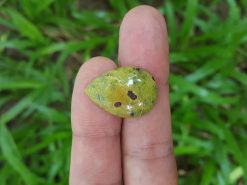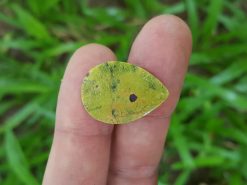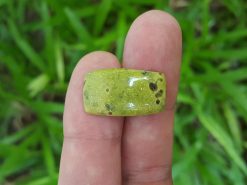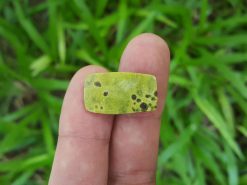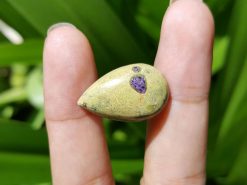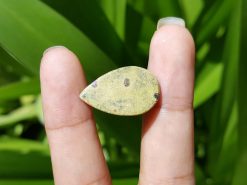Stichtite
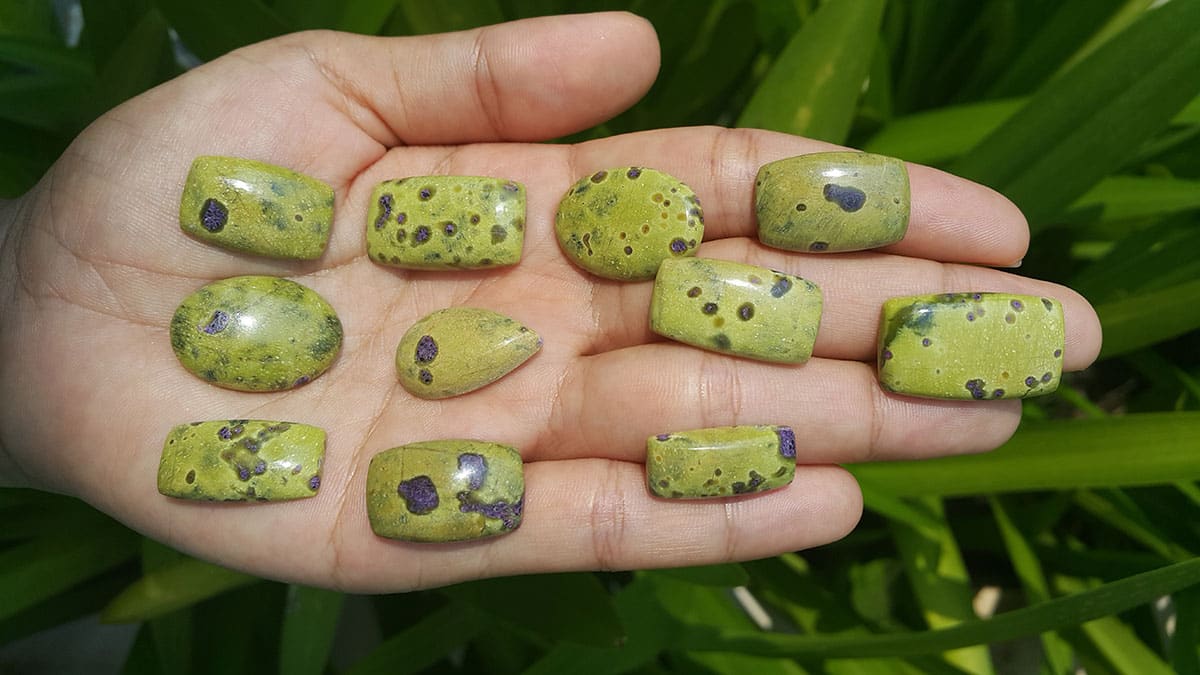
Stichtite or atlantisite meaning and properties. A rare carbonate of chromium and magnesium, stichtite forms as an alteration product of chromite containing serpentine. It can appear in compact masses or micaceous aggregates, displaying colors from pink to a rich lilac or purple shade. This purple-pink hue is distinctive and helps differentiate it from other carbonates that share a somewhat similar color spectrum.
Buy natural stichtite in our shop
Stichtite properties
Stichtite, with the formula Mg6Cr2CO3(OH)16·4H2O, was first discovered in 1910 on the west coast of Tasmania, Australia. It was recognized by A.S. Wesley, a former chief chemist with the Mount Lyell Mining and Railway Company, and named after Robert Carl Sticht, then-manager of the mine. Its color can range from pale pink to deep purple, due to its chromium content. Stichtite often forms when chromite-bearing serpentine undergoes alteration, and it is frequently found alongside antigorite and barbertonite, the hexagonal polymorph of the same chemical structure.
Stichtite in serpentine
This mixture of stichtite in serpentine is commonly referred to as atlantisite. The vibrant green and purple hues in atlantisite make it highly valued for ornamental carvings and collectible mineral specimens. The interplay of colors can be especially striking when polished or faceted.
Sources
The best-known deposit of stichtite is located at Stichtite Hill near the Dundas Extended Mine, Dundas, on Tasmania’s west coast. It can also be found on the southern shore of Macquarie Harbour and exhibited in the West Coast Pioneers Museum in Zeehan. Stichtite deposits appear in combination with serpentine, and the only commercial mine for stichtite is at Stichtite Hill.
Beyond Tasmania, the stone has been reported in the Barberton District of Transvaal, Darwendale in Zimbabwe, near Bou Azzer in Morocco, Cunningsburgh in the Shetland Islands of Scotland, Langban in Varmland (Sweden), the Altai Mountains in Russia, Langmuir Township of Ontario and Megantic in Quebec, Bahia in Brazil, and the Keonjhar district of Orissa in India. While stichtite may occur in other locations, it is notably rarer than more common carbonates, thus making it an unusual and sought-after gem for collectors.
Carbonate
As a rare and unusual carbonate, stichtite forms mostly in compact lumps or micaceous masses, rather than large, well-defined crystals. Specimens often come from Dundas, Tasmania, which remains the primary source for the stone in the mineral trade.
This stone’s purple-pink coloration distinguishes it from other pink-toned carbonates. For instance, rhodochrosite tends to be more vibrant red and is sometimes banded with white, whereas sphaerocobaltite is pinker. Stichtite, by contrast, has a more purplish hue, and it typically lacks the glassy crystal formation of these other minerals. Massive green serpentine is often found in association with stichtite, producing a striking green and purple contrast that enhances its ornamental appeal.
Rhodochrosite comparison
While rhodochrosite is typically redder and may show distinct banding, stichtite’s color leans more toward a muted pinkish-purple shade. This helps collectors and gem enthusiasts recognize stichtite specimens, particularly in polished or carved form, where the stone’s unique coloration draws the eye.
Stichtite meaning and properties
The following section is pseudo-scientific and based on cultural beliefs.
Atlantisite (stichtite in serpentine) is reputed to combine the supportive, grounding energies of serpentine with the loving vibrations associated with stichtite. Many enthusiasts believe it stimulates kundalini energy while linking the crown and heart chakras. This stone’s gentle, soothing energy is said to help resolve past emotional issues, encouraging feelings of love, compassion, and forgiveness. Some practitioners claim that by working with the heart chakra and the thymus chakra (high heart), one can achieve greater emotional balance and personal insight.
FAQ
What is stichtite used for?
Metaphysical healers consider stichtite to be beneficial for emotional recovery, physical rejuvenation, and to foster positive mental states. Its energy is often associated with the heart, third eye, and crown chakras. Many believe it can help alleviate the lingering effects of emotional trauma, especially when combined with supportive practices or meditation.
Where is stichtite found?
The primary source of stichtite is Tasmania in Australia. However, it is also found in countries such as South Africa, Canada, Morocco, Zimbabwe, Sweden, Russia, Brazil, and India. The mineral was first documented in 1910 and is formed from a hydrated magnesium carbonate, containing chromium.
How do I cleanse and charge my stichtite?
Practitioners often recommend cleansing stichtite by placing it under running water or smudging it with sage. To charge it, you can leave it in moonlight or set it on a windowsill in natural daylight for a few hours, allowing the stone’s energies to refresh.
Is stichtite the same as atlantisite?
Atlantisite typically refers to stichtite found within serpentine. This combination highlights the vivid green of serpentine along with the purple hue of stichtite. While they share some metaphysical properties, atlantisite is recognized for its unique blend of colors and energies.
How can I care for stichtite in jewelry?
To maintain stichtite’s beauty, avoid prolonged exposure to harsh chemicals or extreme temperature changes. Gently wipe it with a soft cloth. Store stichtite pieces separately to prevent scratching other, softer stones or being scratched by harder materials.
Natural stichtite for sale in our gem shop
We create custom-made stichtite jewelry, including engagement rings, necklaces, stud earrings, bracelets, pendants, and more. Please contact us for a quote.

